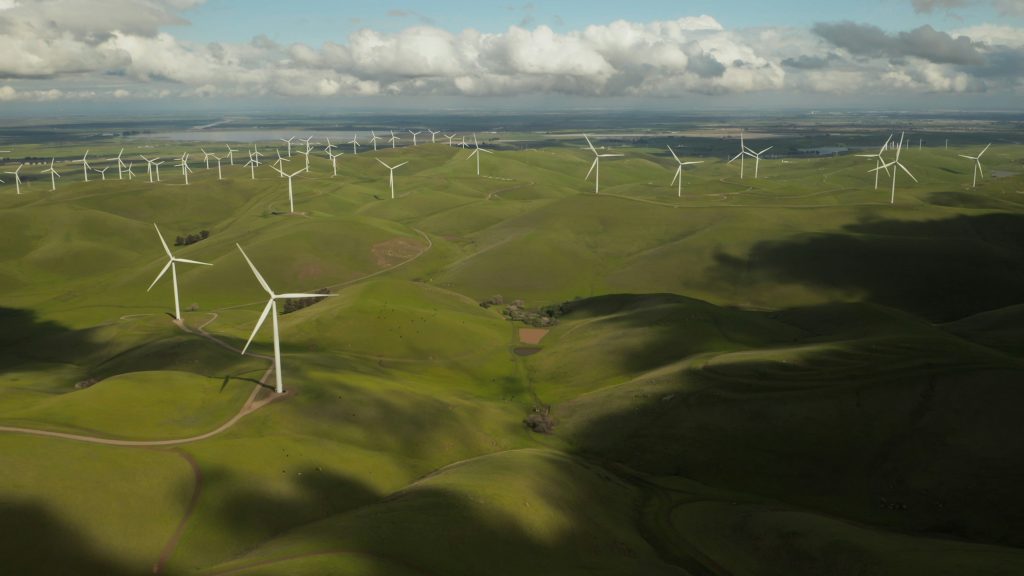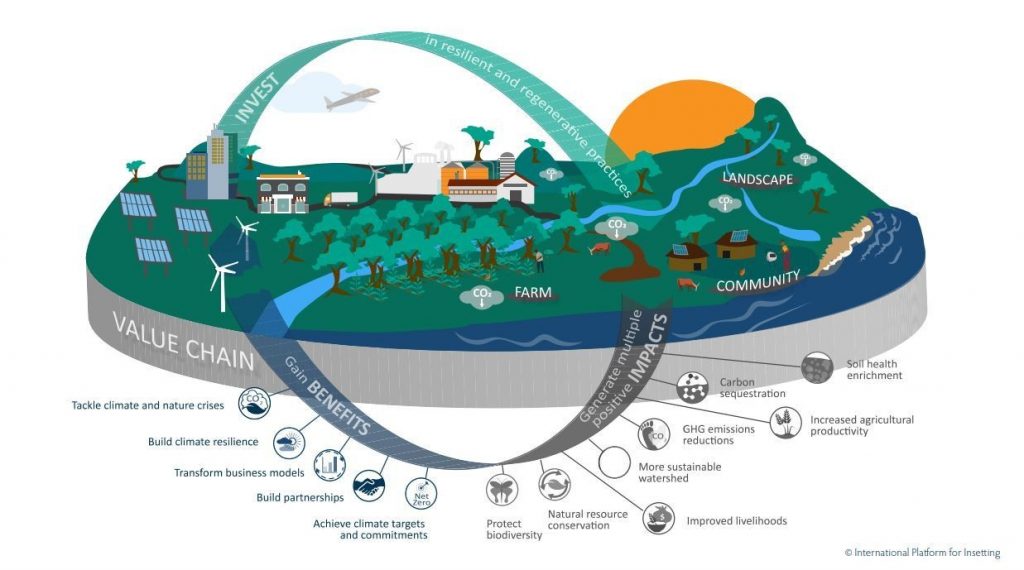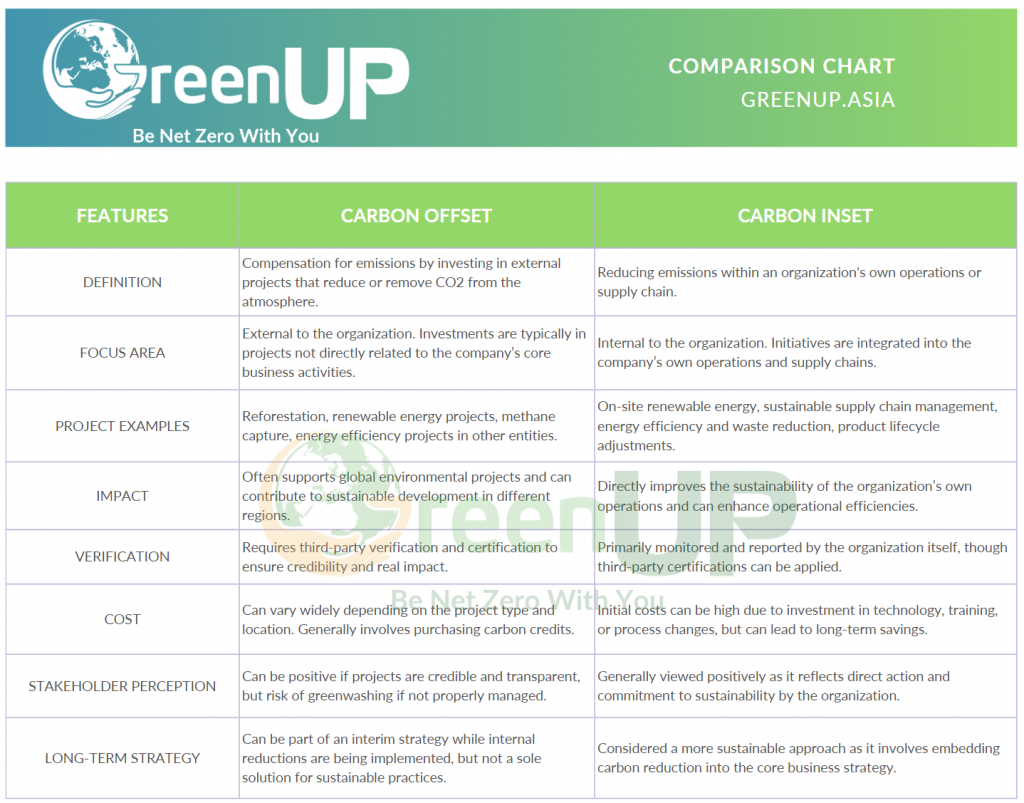Introduction
Climate change represents one of the most significant challenges of the 21st century, with carbon emissions being a major contributor to this global issue. In response, innovative strategies such as carbon offset and carbon inset have been developed to combat the growing carbon footprint of individuals, corporations, and nations alike. These methods provide a pathway to not only mitigate the effects of existing emissions but also to promote sustainable practices that can lead to a reduction in future carbon outputs. This article aims to shed light on the intricacies of carbon offset and carbon inset, exploring their mechanisms, benefits, challenges, and the crucial role they play in our collective fight against climate change.
Understanding Carbon Offset
Carbon offsetting serves as a compensatory mechanism for the emissions produced by individuals, companies, and other entities. By investing in projects that reduce or absorb an equivalent amount of greenhouse gases from the atmosphere, entities can ‘offset’ their own carbon emissions. These projects vary widely and include initiatives such as reforestation, which restores forests to absorb CO2; renewable energy projects, which reduce the need for fossil fuel-based energy production; and energy efficiency projects, which reduce emissions by making existing processes more efficient.
The global impact of carbon offsetting is significant, providing not only environmental benefits but also social and economic advantages to communities hosting these projects. For example, a wind farm project in a developing country can supply clean energy while creating jobs and fostering technological advancement.

Examples of carbon offset projects
Reforestation and Afforestation Projects:
- The Amazon Reforestation Initiative: A project aimed at planting millions of trees in deforested areas of the Amazon Rainforest, which not only captures CO2 but also restores biodiversity and supports local communities.
- Great Green Wall in Africa: An ambitious project to grow an 8,000km line of trees across the entire width of Africa to combat desertification, which will sequester carbon while improving the livelihoods of millions of people.
Renewable Energy Projects:
- Wind Farms in India: Development of wind power facilities in India that generate clean, renewable energy, offsetting carbon emissions that would have been produced by coal-fired power plants.
- Solar Power Initiatives in Morocco: Large-scale solar energy projects that harness Morocco’s abundant sunshine, reducing the country’s reliance on imported fossil fuels and lowering carbon emissions.
Methane Capture Projects:
- Landfill Gas Projects in Brazil: Capturing methane emissions from waste in landfills and converting it into energy, significantly reducing greenhouse gas emissions while generating electricity for local communities.
- Agricultural Methane Capture in China: Installing biogas digesters in rural farms to capture methane from animal manure, which is then used as a clean energy source, reducing reliance on polluting energy sources.
Energy Efficiency Improvements:
- Efficient Cooking Stoves in Rwanda: Distributing energy-efficient cookstoves to households in Rwanda, reducing the amount of wood needed for fuel and thereby decreasing deforestation and emissions from incomplete combustion.
- Building Retrofit Projects in the USA: Upgrading buildings with energy-efficient technologies such as improved insulation, LED lighting, and energy-efficient heating and cooling systems, reducing energy consumption and emissions.
Community-Based Projects:
- Clean Water Access in Cambodia: Providing water filters to communities in Cambodia, reducing the need to boil water using fossil fuels, thereby cutting down CO2 emissions and improving public health.
- Sustainable Agriculture Practices in Guatemala: Training farmers in sustainable agriculture techniques that enhance carbon sequestration in soil, improve crop yields, and reduce the need for chemical fertilizers.
Exploring Carbon Inset
While carbon offsetting involves external projects, carbon inset focuses on reducing emissions within an organization’s own operations and supply chain. This can include changes such as improving energy efficiency in manufacturing processes, switching to renewable energy sources, or modifying product designs to reduce waste. Carbon inset is particularly relevant for businesses looking to enhance their sustainability credentials and reduce their carbon footprint in a more integrated and holistic manner.

Examples of carbon inset projects
On-Site Renewable Energy Generation:
- Solar Panels on Factory Roofs: A manufacturing company installs solar panels on the roofs of its factories, significantly reducing its reliance on grid-based, fossil fuel energy.
- Wind Turbines at Corporate Campuses: A tech company erects wind turbines at its large corporate campuses, supplying clean energy directly to its operations and reducing its carbon footprint.
Sustainable Supply Chain Management:
- Direct Sourcing of Sustainable Materials: A clothing retailer commits to sourcing 100% of its cotton from sustainable farms that employ regenerative agriculture practices, reducing greenhouse gas emissions associated with traditional cotton production.
- Green Logistics and Transportation: A multinational corporation revamps its logistics network to optimize shipping routes, employ electric or hybrid delivery vehicles, and use biofuels, significantly lowering its transportation-related emissions.
Energy Efficiency and Waste Reduction:
- Advanced Energy Management Systems: An industrial plant implements a state-of-the-art energy management system, optimizing energy use across operations and significantly cutting down emissions.
- Zero-Waste Manufacturing Processes: A beverage company innovates its manufacturing process to achieve zero waste, recycling or repurposing all by-products, thereby reducing its overall carbon footprint.
Product Lifecycle Adjustments:
- Eco-Design and Packaging: A consumer goods company redesigns its products to use fewer materials and switches to recyclable packaging, reducing emissions associated with production and disposal.
- Extended Producer Responsibility (EPR) Programs: Companies take responsibility for the entire lifecycle of their products, including end-of-life, by facilitating recycling or refurbishment, thus reducing waste and associated emissions.
Employee Engagement and Workplace Practices:
- Corporate Telecommuting Policies: A service-based enterprise introduces flexible telecommuting policies, significantly reducing emissions from employee commuting.
- Green Office Initiatives: An organization implements comprehensive recycling programs, energy-efficient lighting, and encourages the use of public transportation, lowering its day-to-day operational emissions.
Innovative Carbon Capture and Storage (CCS) Techniques:
- Bioenergy with Carbon Capture and Storage (BECCS) at Production Facilities: A biofuel producer integrates CCS technology into its production process, capturing CO2 emissions and storing them underground, effectively turning the operation into a carbon-negative entity.
- Enhanced Weathering in Agricultural Practices: A large agricultural firm applies finely ground basalt rock to its fields, a process which speeds up the natural carbon sequestration process and improves soil health, leading to a reduction in atmospheric CO2 levels.
Comparing Carbon Offset and Carbon Inset
Although both aimed at reducing carbon footprints, carbon offset and carbon inset operate on different principles. Offsetting is about balancing out emissions through external projects, while insetting involves making changes within an organization’s own operations to reduce emissions. The choice between offsetting and insetting can depend on various factors, including the nature of the business, the feasibility of internal reductions, and the desire to support external sustainability projects.
This table outlines the foundational aspects of Carbon Offset and Carbon Inset, providing a clear distinction between the two approaches. While both are essential in the fight against climate change, they serve different purposes and are often used in conjunction to achieve comprehensive carbon management and sustainability goals.

Conclusion
Carbon offset and carbon inset represent two crucial strategies in the fight against climate change. By understanding and implementing these approaches, businesses and individuals can contribute to a more sustainable and resilient future. As we move forward, the continued evolution and integration of these strategies will be vital in our global efforts to curb carbon emissions and combat climate change effectively.
This article has provided a comprehensive overview of carbon offset and carbon inset, outlining their definitions, mechanisms, benefits, and challenges. As the world continues to seek solutions to the pressing issue of climate change, these strategies will undoubtedly play a pivotal role in shaping a sustainable path forward.
References
- Safdie, S. (2023) ‘Insetting vs Offsetting: All you Need to Know’, Greenly, 25 October. Available at: https://greenly.earth/en-gb/blog/company-guide/insetting-vs-offsetting-all-you-need-to-know
- ‘Align Insetting Harmful Distraction’, Columbia Center on Sustainable Investment. Available at: https://ccsi.columbia.edu/sites/default/files/content/docs/publications/align-insetting-harmful-distraction.pdf
International Platform for Insetting. (2024) ‘Insetting Explained’, Insetting Platform. Available at: https://www.insettingplatform.com/insetting-explained/ - Jennifer L. (2022) ‘Carbon Insetting: The Target of Scope 3 Carbon Offset Accounting’, CarbonCredits.com. Available at: https://carboncredits.com/carbon-insetting-the-target-of-scope-3-carbon-offset-accounting/
Chan, L. (2023) ‘Carbon Insetting vs Carbon Offsetting’, The Carbon Literacy Project. Available at: https://carbonliteracy.com/carbon-insetting-vs-carbon-offsetting/ - CarbonCredits.com. (2024) ‘Carbon Credits vs. Carbon Offsets’, CarbonCredits.com. Available at: https://carboncredits.com/carbon-credits-vs-carbon-offsets-whats-the-difference/
- Awardaroo! Ltd. (2024) ‘Ten Examples of Carbon Offset Projects’, Awardaroo. Available at: https://www.awardaroo.io/short-reads/ten-examples-of-carbon-offset-projects
- Sullivan, N. (2023) ‘Carbon Insetting vs. Offsetting’, CarbonBetter. Available at: https://carbonbetter.com/story/insetting-vs-offsetting/
- Jackman, H. (2024) ‘What is the difference between carbon credit and carbon offsets’, ESG PRO Ltd.. Available at: https://esgpro.co.uk/what-is-the-difference-between-carbon-credit-and-carbon-offsets/
- Constellation. (2024) ‘Carbon Offsets vs. Carbon Credits’, Constellation. Available at: https://www.constellation.com/energy-101/energy-innovation/carbon-credit-vs-carbon-offset.html
- Our Trace. (2024) ‘Carbon Offset vs Carbon Credit: What’s the difference?’, Our Trace. Available at: https://www.our-trace.com/carbon-offsets/credits-vs-offsets
- Ollendyke, D. (2023) ‘Understanding Carbon Credits and Offsets’, Penn State Extension. Available at: https://extension.psu.edu/understanding-carbon-credits-and-offsets
- Carbon Offset Guide. (2024) ‘Carbon Offset Projects’, Carbon Offset Guide. Available at: https://www.offsetguide.org/understanding-carbon-offsets/carbon-offset-projects/
- Sustain.Life. (2023) ‘Types of Carbon Offsets and Credits | 11 Helpful Examples’, Sustain.Life. Available at: https://www.sustain.life/blog/vetted-carbon-offsets
- Aspiration. (2024) ‘9 Examples of Carbon Offset Projects’, Aspiration. Available at: https://makechange.aspiration.com/carbon-offset-examples/
- EIC. (2024) ‘4 Types of Carbon Offset Projects’, EIC Partnership. Available at: https://eic.co.uk/4-types-of-carbon-offset-projects







